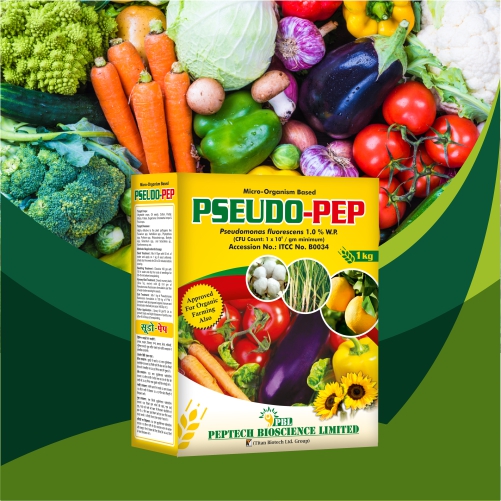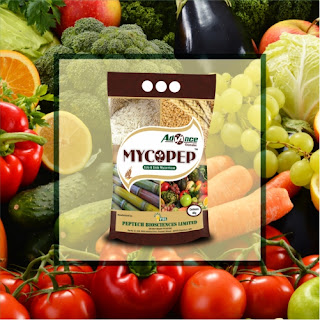Multiple Types Of Soil Bacteria

Bacteria are some of the smallest and most abundant microbes in the soil. In a single gram of soil, there can be billions of bacteria. There are an estimated 60,000 different bacteria species, most which have yet to be even named, and each has its own particular roles and capabilities. Most live in the top 10cm of soil where organic matter is present. Characteristics of bacteria Some bacteria species are very fragile and can be killed by slight changes in the soil environment. Other species are extremely tough, able to withstand severe heat, cold or drying. Some can lie dormant for decades waiting for favourable conditions. Others can extract nitrogen directly from the air or break down some toxic substances Populations of microbes can boom or bust in the space of a few days in response to changes in soil moisture, soil temperature or carbon substrate. To gain advantage in this process, many microbes release antibiotic substances to suppress particular competitors. In this way some sp

